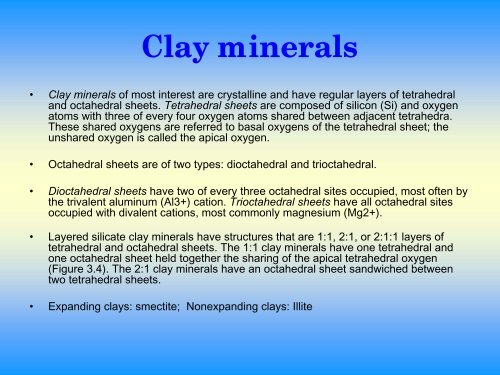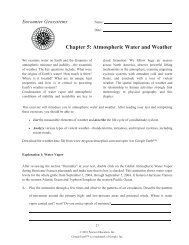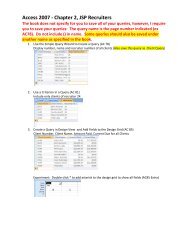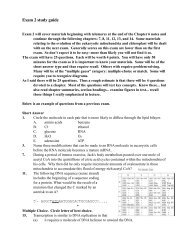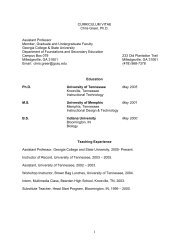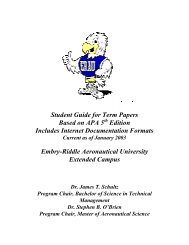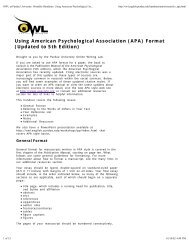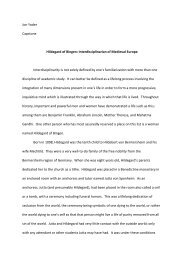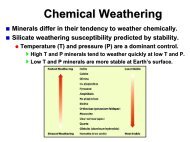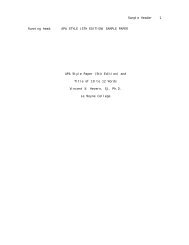Lecture 3
Lecture 3
Lecture 3
- No tags were found...
You also want an ePaper? Increase the reach of your titles
YUMPU automatically turns print PDFs into web optimized ePapers that Google loves.
Clay minerals• Clay minerals of most interest are crystalline and have regular layers of tetrahedraland octahedral sheets. Tetrahedral sheets are composed of silicon (Si) and oxygenatoms with three of every four oxygen atoms shared between adjacent tetrahedra.These shared oxygens are referred to basal oxygens of the tetrahedral sheet; theunshared oxygen is called the apical oxygen.• Octahedral sheets are of two types: dioctahedral and trioctahedral.• Dioctahedral sheets have two of every three octahedral sites occupied, most often bythe trivalent aluminum (Al3+) cation. Trioctahedral sheets have all octahedral sitesoccupied with divalent cations, most commonly magnesium (Mg2+).• Layered silicate clay minerals have structures that are 1:1, 2:1, or 2:1:1 layers oftetrahedral and octahedral sheets. The 1:1 clay minerals have one tetrahedral andone octahedral sheet held together the sharing of the apical tetrahedral oxygen(Figure 3.4). The 2:1 clay minerals have an octahedral sheet sandwiched betweentwo tetrahedral sheets.• Expanding clays: smectite; Nonexpanding clays: Illite


